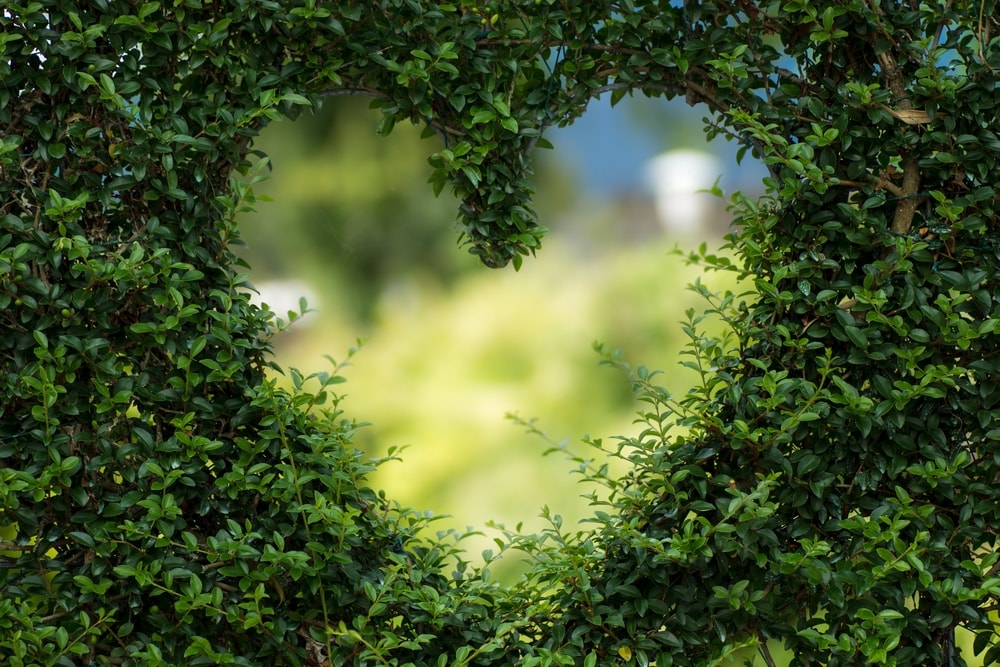The forsythia sage, also known as Salvia madrensis, is a member of the mint family. Another name for this particular plant is the big yellow sage due to the flowers that it has. It is a relative to the over 700 species of Salvia, many of which are culinary or medicinal herbs. It is a perennial shrub that is used in many hummingbird gardens.

Description of the Forsythia Sage
This sage is a large plant, growing up to ten feet tall with a four to five foot width. There are big yellow flowers with the distinctive square stems that are typical for a mint plant. There are rough leaves, heart-shaped, that are bright green. Its flowers are in spikes from fall to the frost date.
Forsythia Sage Growing Guide
The Salvia madrensis prefers to grow in partial sun to full shade with a well-drained soil. It also needs regular watering to have the best growth. Propagate by root mass division or by cuttings. It will be hardy in the USDA hardiness zones of 7 through 11. Mulching is required in zone 7.
Native Elements
This particular Salvia plant is native to Mexico, specifically the Sierra Madre Oriental mountains. It can be found high up, in the 4,000 to 5,000 elevation range. The name “madrensis” was given because of this high elevation and the mountains in which it is typically found.
Uses for the Forsythia Sage
The showy blooms make it a great choice for a shrub border or for a perennial shade garden. You can use it under pine trees or oaks for a nice retrospect. I like it in pots and planters put around a deck, porch, or patio. It is very attractive to hummingbirds, so if you are looking for a great new plant for that hummingbird garden, this may be one to get. It is available in many online nurseries for purchase.
Hardy CultivarIf you are living in an area that gets a little colder than this Salvia prefers, try the ‘Dunham’ cultivar. It has been recorded to have survived a -9F temperature in North Carolina.
Next Post: Top Landscaping Services Near You